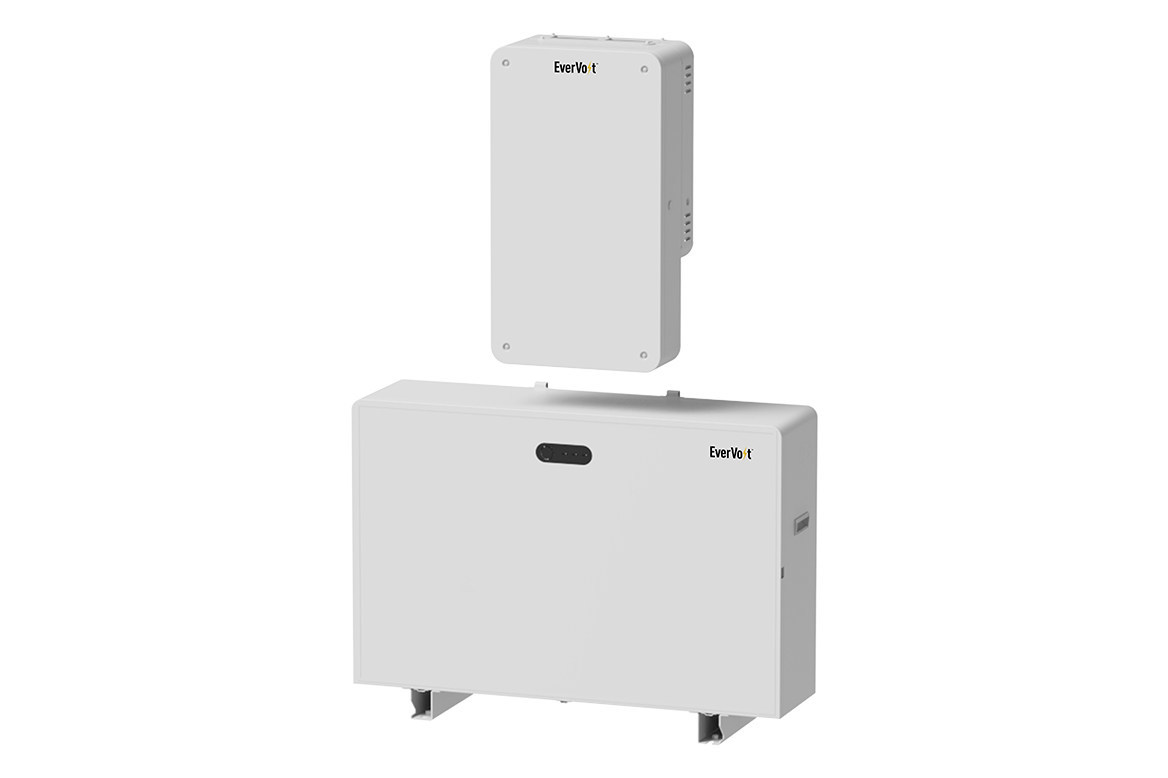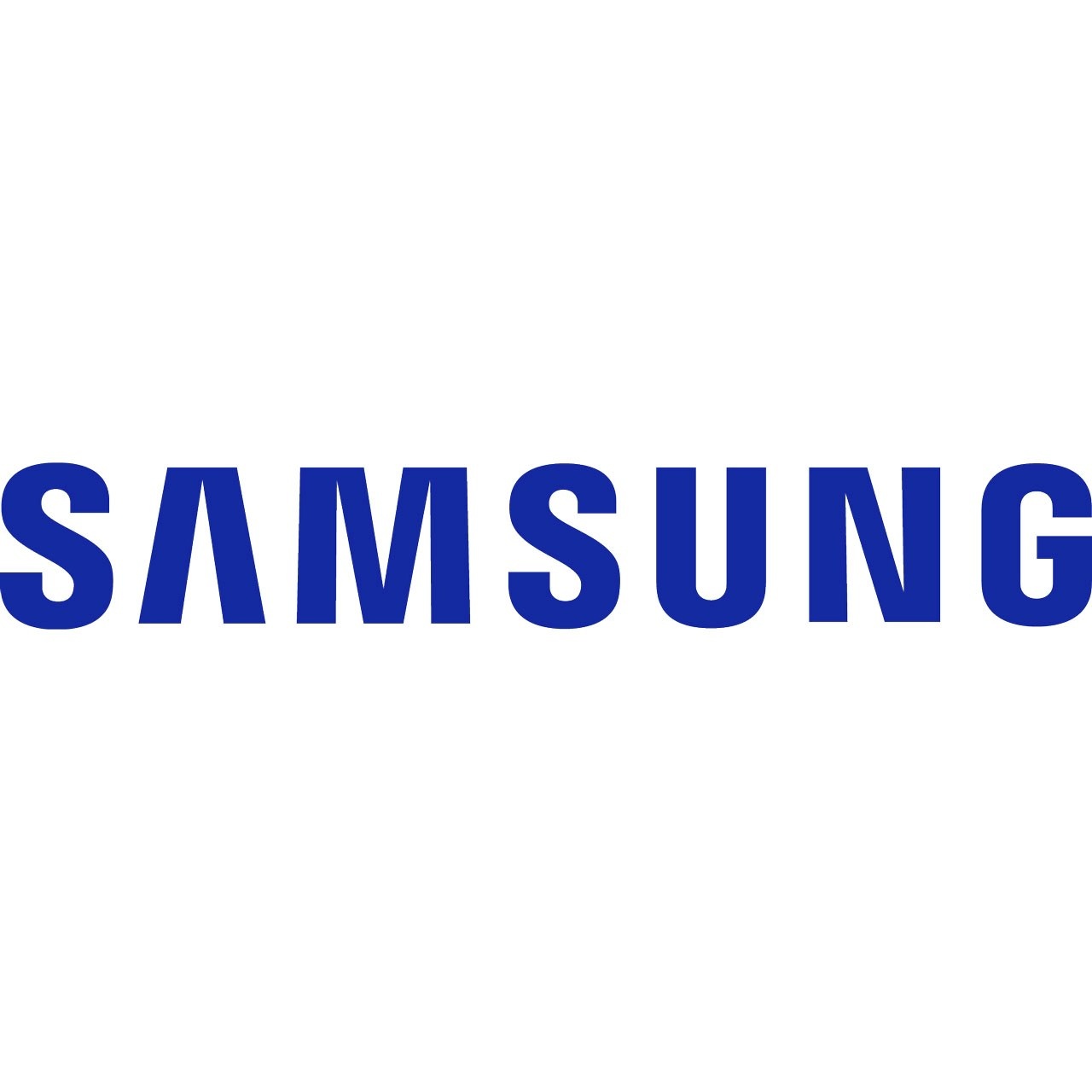Amazon Ranked No. 1 Investor in America

The Progressive Policy Institute (PPI) ranked Amazon as the No. 1 U.S. company investing in America. For the second year in a row, Amazon placed first on PPI’s “Investment Heroes” list, an annual study that identifies the Top 25 American companies investing in the United States. PPI estimates that Amazon invested $34 billion in American infrastructure in 2020, which led to the creation of more than 400,000 direct jobs by Amazon last year alone. The research PPI released highlights how investments by American companies are key to sustaining the economy during the COVID-19 pandemic and are helping to drive economic expansion, wage growth, and job creation across the country.

“We have a long track record of investing in the U.S., and in 2020, we doubled-down on our investments to continue delivering for our customers and supporting the American economy,” said Holly Sullivan, vice president of Worldwide Economic Development at Amazon. “Building new infrastructure, from new fulfillment centers to wind and solar farms, allowed us to create more than 400,000 jobs in the last year in communities across the country. Every one of our jobs comes with a starting wage of $15 an hour—twice the federal minimum wage—and comprehensive benefits for our regular, full-time employees. This means more money in the pockets of our workers, healthcare coverage, and access to free skills training to reinvent their careers.”
“Amazon and the rest of the Investment Heroes are leading the way for what corporate investment in America should look like,” said Michael Mandel, chief economic strategist at the Progressive Policy Institute. “Our data shows that not only is this type of investment critical in driving the creation of high-productivity and well-paying jobs, but it also helps hold down inflation by creating more supply. Coming out of the pandemic, our government needs to be squarely focused on keeping inflation at bay, and the continued investment from companies like Amazon is exactly what will help do that.”
Amazon’s investments in the U.S. in 2020 included:
- Logistics infrastructure – Amazon opened more than 150 delivery stations, fulfillment centers, and sortation centers in dozens of communities to allow for faster, easier, and more sustainable delivery for our customers.
- Green infrastructure – In 2020 alone, Amazon invested in the development of more than 20 new solar and wind farms, creating the necessary infrastructure to meet our Climate Pledge commitment to be net-zero carbon by 2040.
- New physical retail options – Amazon opened more than 45 Amazon Fresh, Amazon Go, Amazon 4-star, Amazon Books, Pop Up and Whole Foods Market locations in 2020, providing customers more options to shop for fresh groceries and nutritious meals, books, games, toys and more.
- Tech Hubs and HQs expansions – Amazon expanded its Tech Hub locations in cities like Boston, Dallas, and Phoenix, and started construction of its second headquarters in Arlington, Virginia, where the company has already invested more than $450 million. In 2020, Amazon added more than 2 million square feet of office space for the company’s growing tech and corporate workforce.
- Testing for COVID-19 at Amazon labs and neighborhood health clinics – Amazon built its own labs to test for COVID-19, and the facilities have already processed more than 1 million tests for Amazon employees. The company also opened 17 neighborhood health centers in five cities across the U.S. to provide 115,000 employees and their families access to a primary care physician.
- Advanced manufacturing – Amazon built a Robotics Innovation Hub in Westborough, Massachusetts, to grow its engineering, manufacturing, and test capabilities for Amazon Robotics and continued to invest in prototype manufacturing facilities in Redmond, Washington for Project Kuiper, an Amazon initiative that will launch a constellation of low earth orbit satellites to offer high-speed broadband connectivity to unserved and underserved communities around the world.
To read the full PPI report and learn more about their methodology, click here.





